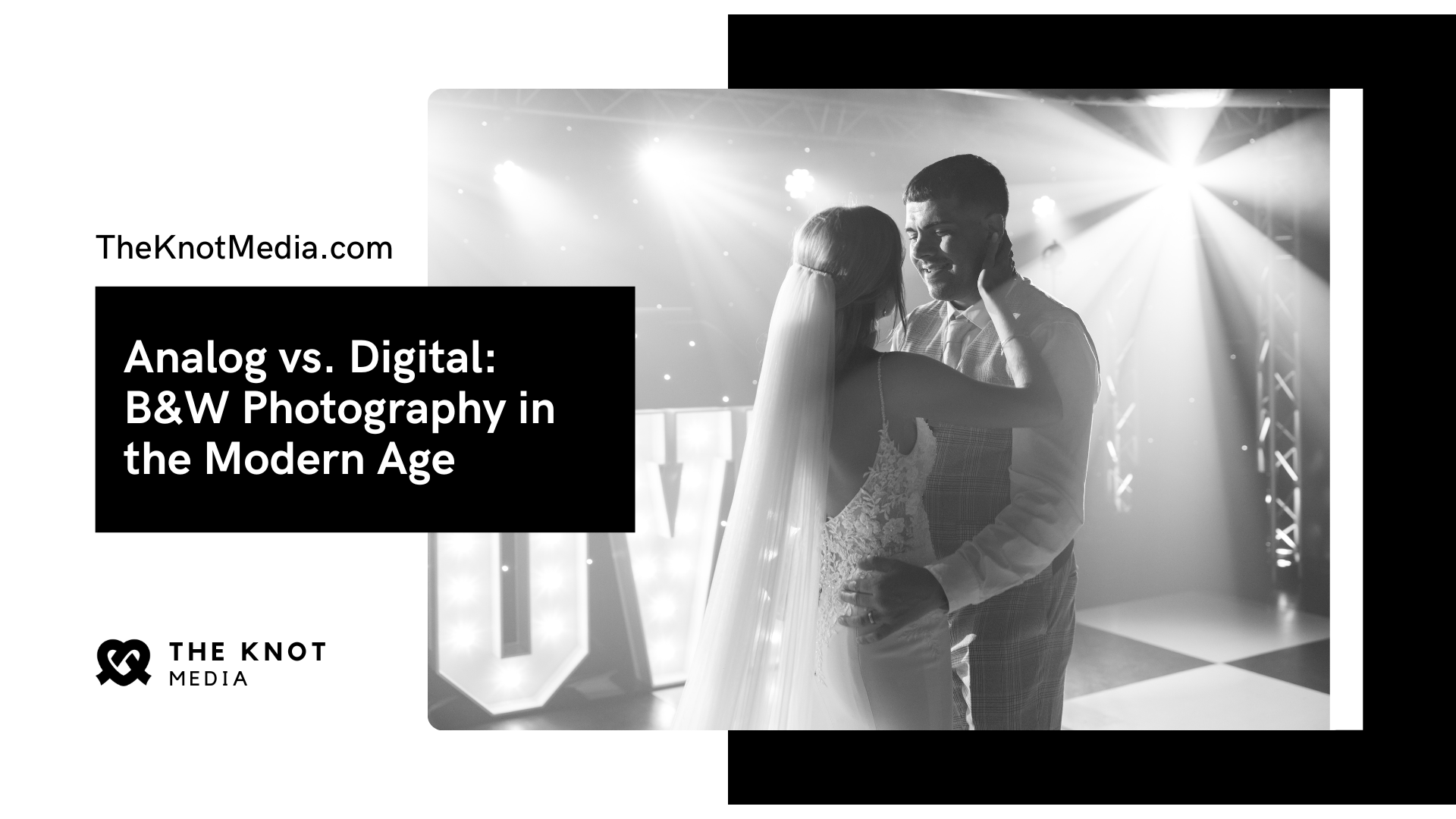Capturing the essence of a couple's special day requires more than just technical skills – it demands an artistic eye, a keen sense of timing, and an understanding of the unique emotions that unfold during a wedding. Mastering the art of wedding photography involves a combination of technical prowess and creative finesse. In this guide, we will explore essential tips and techniques to help photographers elevate their wedding photography to new heights.
Understand the Couple's Vision:
Before the big day, have a thorough consultation with the couple to understand their vision and preferences. Learn about their story, the style they envision, and the key moments they want immortalized. This insight will guide your approach and ensure the final collection resonates with the couple's unique narrative.
Scout the Location:
Familiarize yourself with the wedding venue ahead of time. Identify potential shooting locations, consider lighting conditions, and visualize how the space can be utilized to create memorable images. This preparation will enable you to move seamlessly during the event and capture the most picturesque moments.
Invest in Quality Equipment:
A wedding is a one-time event, and there are no second chances to capture those fleeting moments. Invest in reliable, high-quality equipment to ensure you can handle various lighting conditions and scenarios. Backup equipment is also essential to mitigate any unforeseen technical issues.
Master Low-Light Photography:
Wedding ceremonies and receptions often take place in low-light conditions. Learn to master low-light photography techniques, such as adjusting ISO settings, using prime lenses with wider apertures, and utilizing external lighting sources like flashes strategically to maintain image quality without compromising the mood.
Build a Shot List:
Collaborate with the couple to create a comprehensive shot list that includes essential moments like the first kiss, exchange of rings, and candid shots of guests. Having a plan in place ensures you don't miss critical shots while allowing room for spontaneous, unplanned moments.
Capture Candid Moments:
While posed shots are a staple of wedding photography, candid moments often convey genuine emotions. Be observant and ready to capture the unscripted interactions between the couple, family, and friends. These candid shots add depth and authenticity to your wedding portfolio.
Effective Communication:
Clear and open communication is crucial when working with a couple. Make sure you discuss your expectations, including the timeline, any special requests, and how you will handle challenging situations. Establishing a rapport with the couple helps create a relaxed atmosphere, resulting in more natural and authentic photographs.
Post-Processing Expertise:
Develop strong post-processing skills to enhance your images further. Whether it's color correction, retouching, or creating a consistent style, post-processing plays a vital role in delivering a polished and cohesive wedding photo collection.
Continuous Learning:
Stay updated with the latest trends and techniques in wedding photography. Attend workshops, participate in online communities, and seek feedback from peers to continuously refine your skills and stay inspired.
Professionalism and Adaptability:
Be professional in your approach, dress appropriately, and always be adaptable to changing situations. A calm and collected demeanor instills confidence in the couple and allows you to navigate unexpected challenges seamlessly.
Mastering the art of wedding photography is a continuous journey of improvement, creativity, and dedication. By combining technical expertise with a deep understanding of the couple and their unique story, photographers can capture the magic of weddings in a way that goes beyond the ordinary. Embrace the challenge, stay inspired, and create timeless memories that will be cherished for a lifetime.




















